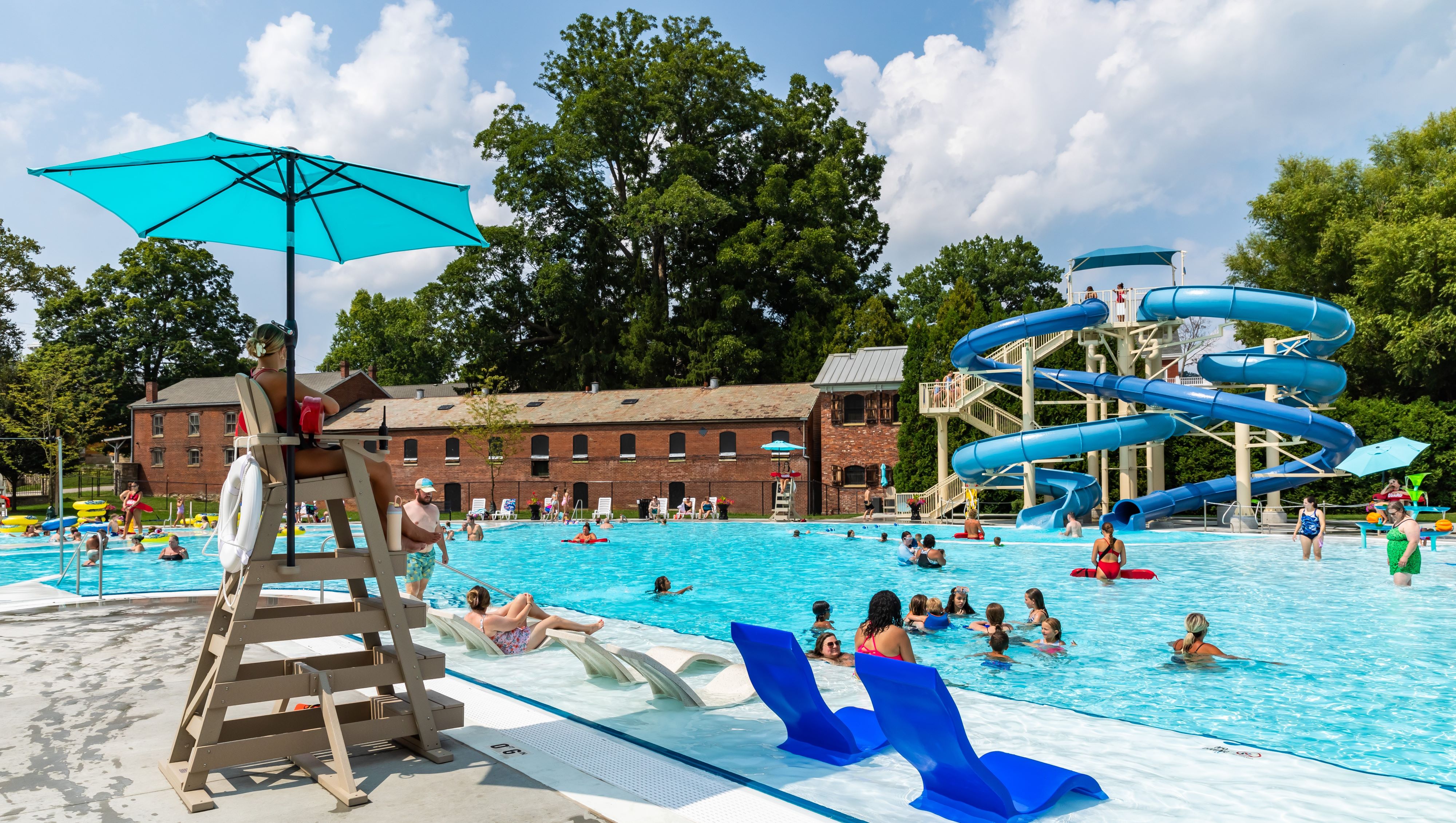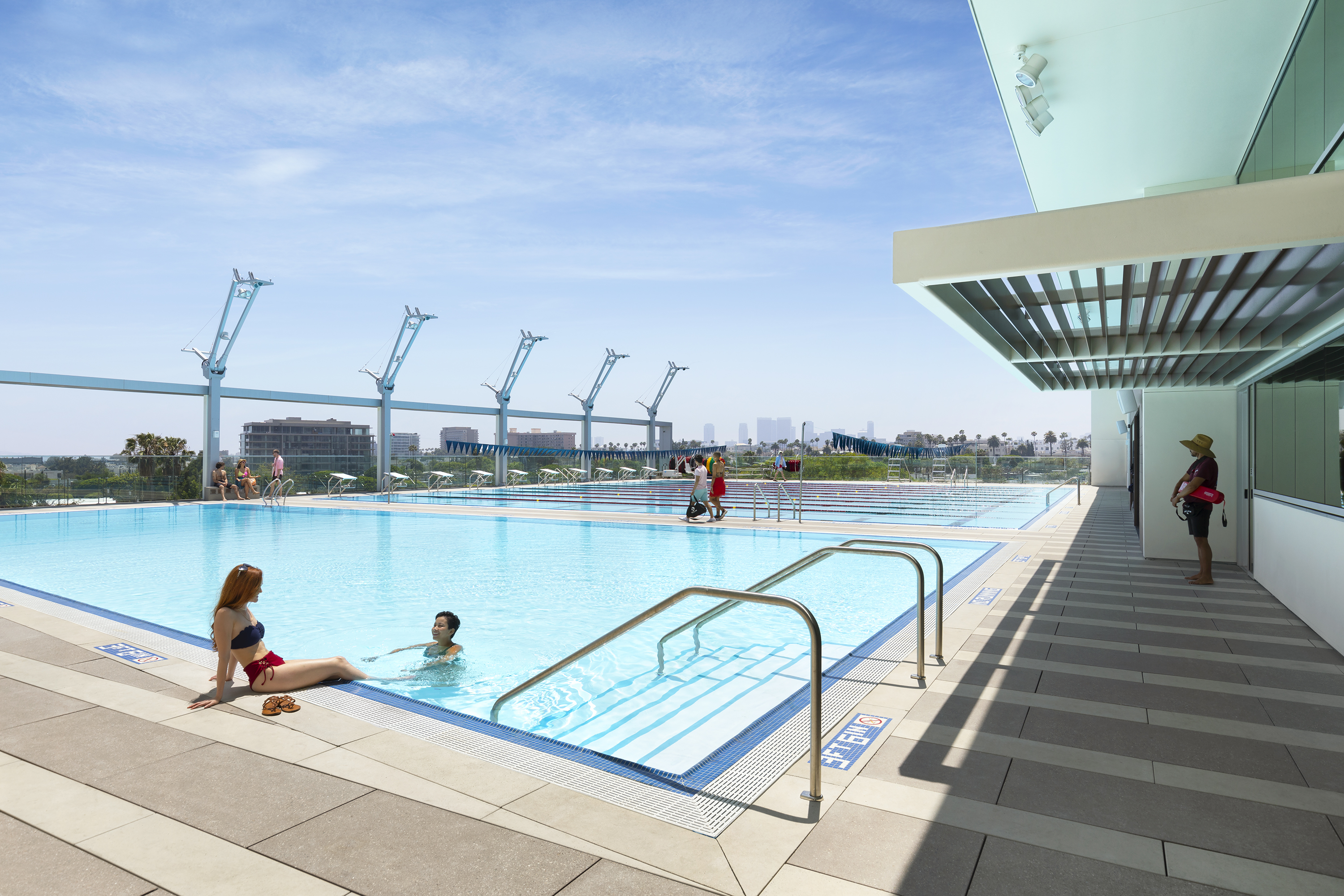THE CANVAS:Ruined stream bed, excessive runoff
THE PALETTE:Cascade Mountain granite, bridges, exotic plantings
THE MASTERPIECE: Gentle transition from dry creek to burgeoning flower bed, silvery salmon slipping upstream, return to a time long past
Hendrikus Schraven was told to create a waterfeature out of a barely there stream bed. “It was more a drainage ditch,” says the Dutch-born owner of Hendrikus Schraven Landscape Construction & Design, based in Issaquah, Wash.
The goal was to turn the “ditch” back into a flowing stream. This was a condition of the building permit for the site where the homeowner was constructing a house. The environmental restoration project also included spawning salmon, which had long abandoned the waters.
Situated on Mercer Island in Washington, the creek fell apart due to increased erosion from higher levels of water. During rainstorms, water from adjoining Lake Washington would rush the stream bed, carrying silt deposits into the 30-mile-long lake.
“The water would literally rise 2 to 3 feet in a minute, and the volume that came through was phenomenal,” Schraven says. “It would pound on the sides, erode it and wash everything out.”
Pulling out his best tools for the project, he used granite rocks quarried from the Cascade Mountains, indigenous plants — and his expansive knowledge of soil and water microbiology. The result: a 350-foot-long, granite-lined, salmon-filled waterfeature flowing year ‘round from the lake behind the house. There’s also a shady sitting area and tiny beach leading from the lake to the lawn.
Self-sustaining ecosystem
Creating this waterfeature was no easy feat. Not only did Schraven have to comply with wetland remediation requirements for the building permit, but he also needed to establish a working relationship with Mother Nature to prevent future destruction to the stream bed. And he had to accommodate the home construction, hauling in equipment before access to the creek was blocked.
In summer, when the work began, the lake’s water level was almost 3 to 4 feet higher than in the creek. Schraven built a dam with a pump system to keep the work area semidry from the waves of lake water pushed by boats into the creek. To prevent further erosion, Schraven created a wave breaker out of large rocks. Once the project was finished, he removed the dam to allow water to flow back through.
To reshape the eroded sides of the creek, Schraven hauled in large granite rocks and lined the entire waterway with them. Granite, he says, has a softer appearance than basalt, which is blasted from a hillside and comes with sharper edges.
“We tend to use that kind of [rock] to give it the feeling that, hey, this has always been here,” Schraven says, explaining that granite’s worn edges imitate natural weathering and can be softened even further artificially. “If you question whether the stones were already present, it shows it was well-done.”
He built two bridges as well. One is large enough to carry a car; the other leads visitors to a sitting area. With growing moss, the waterfeature has a rustic, natural look. It appears as if each rock was part of the original environment.
Plants indigenous to the lake region were used to create an ecosystem. “We wanted to provide a shaded area for the fish,” Schraven says, noting that the fish dislike warm spots. To encourage salmon spawning, he built cooler spots in the creek using overhanging native plants such as huckleberry and ferns. The fish can then crawl up on the granite rocks and spawn. In the sitting area across from the walking bridge, indigenous plants begin to transition into semi-native greens, brought in by Schraven, such as hosta. There the homeowners can enjoy the shade of the trees on a hot day, listen to the sounds of the babbling creek and trickling miniwaterfalls, and watch the salmon swim.
“We pretty much created the feeling of tranquility with a garden you can walk through,” he says. The homeowners also can sit on the tiny covelike beach and enjoy the lake view.
Schraven calls the waterfeature an ideal setting for people, wildlife and plants to co-exist. “It’s a combination of all these things — environmentally minded, structurally sound and aesthetically pleasing,” he says.



